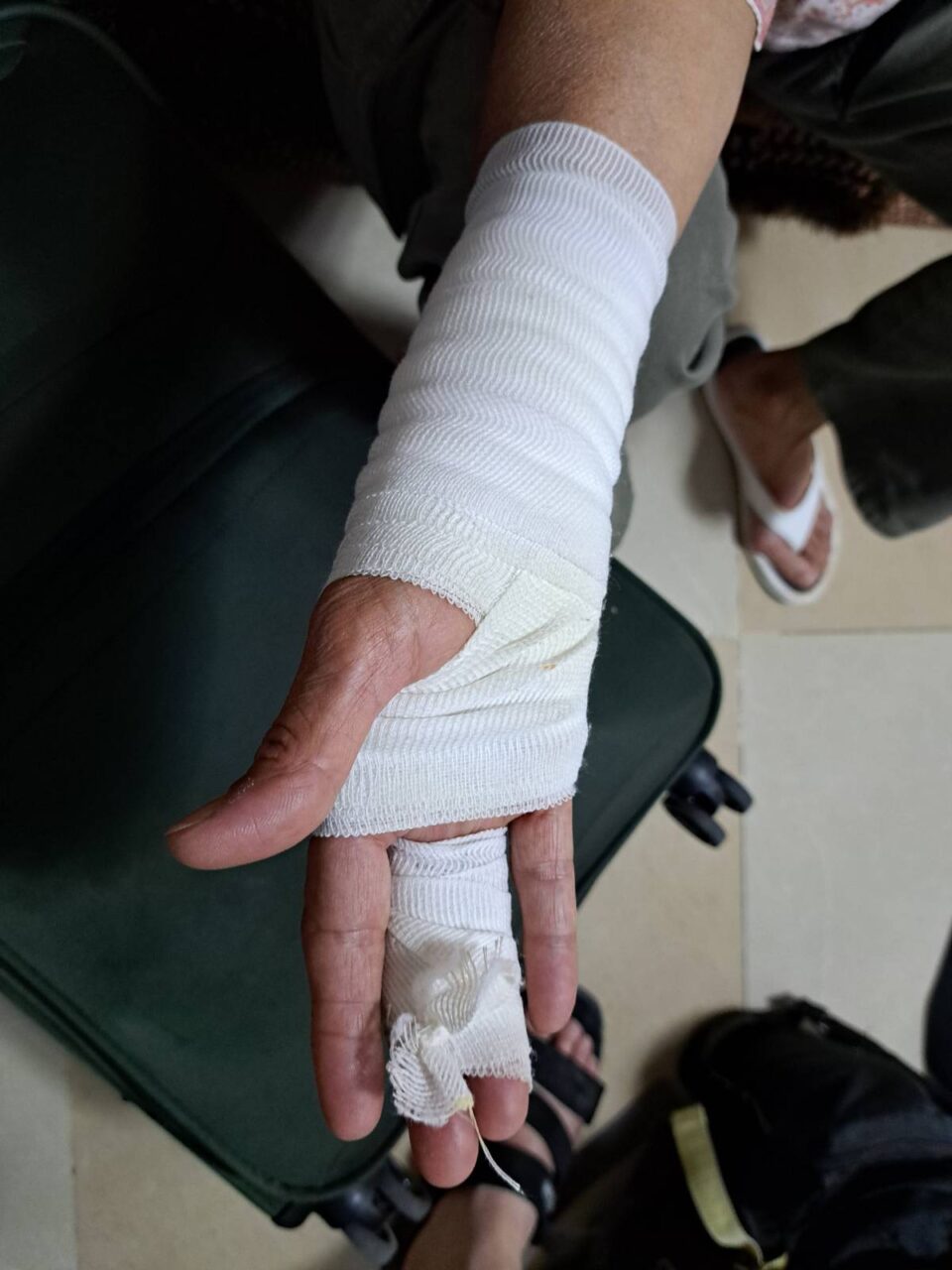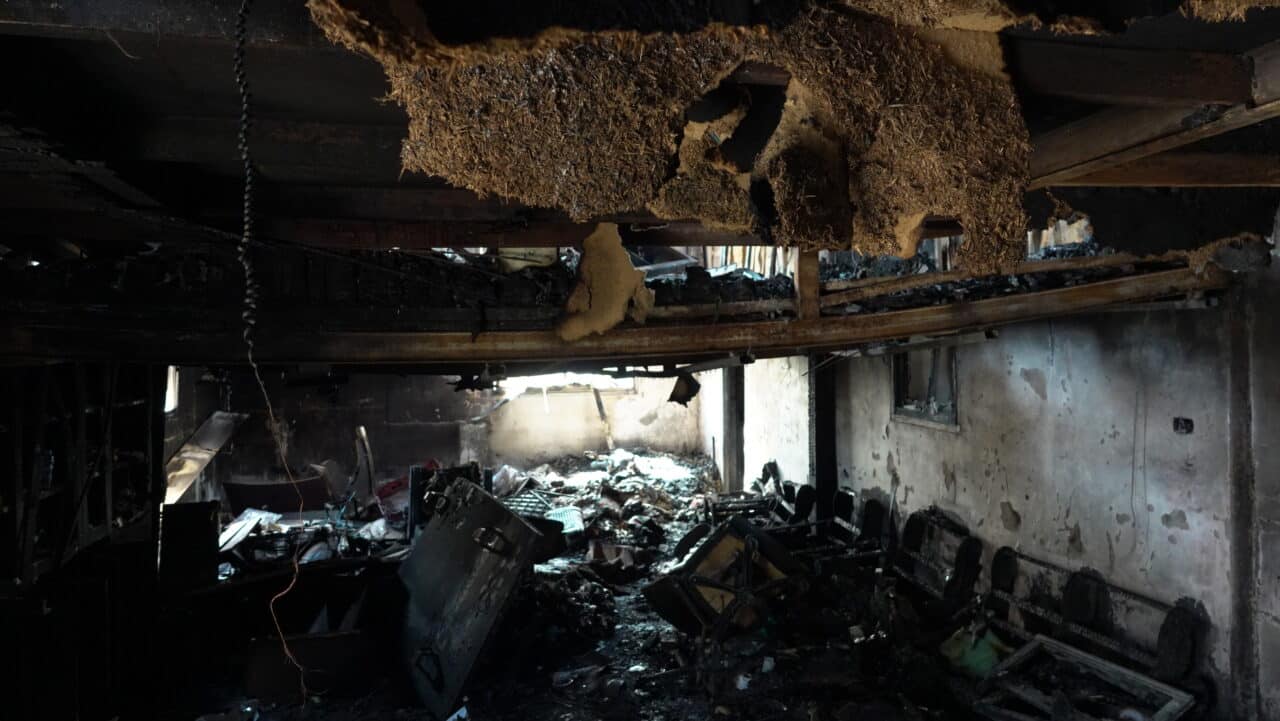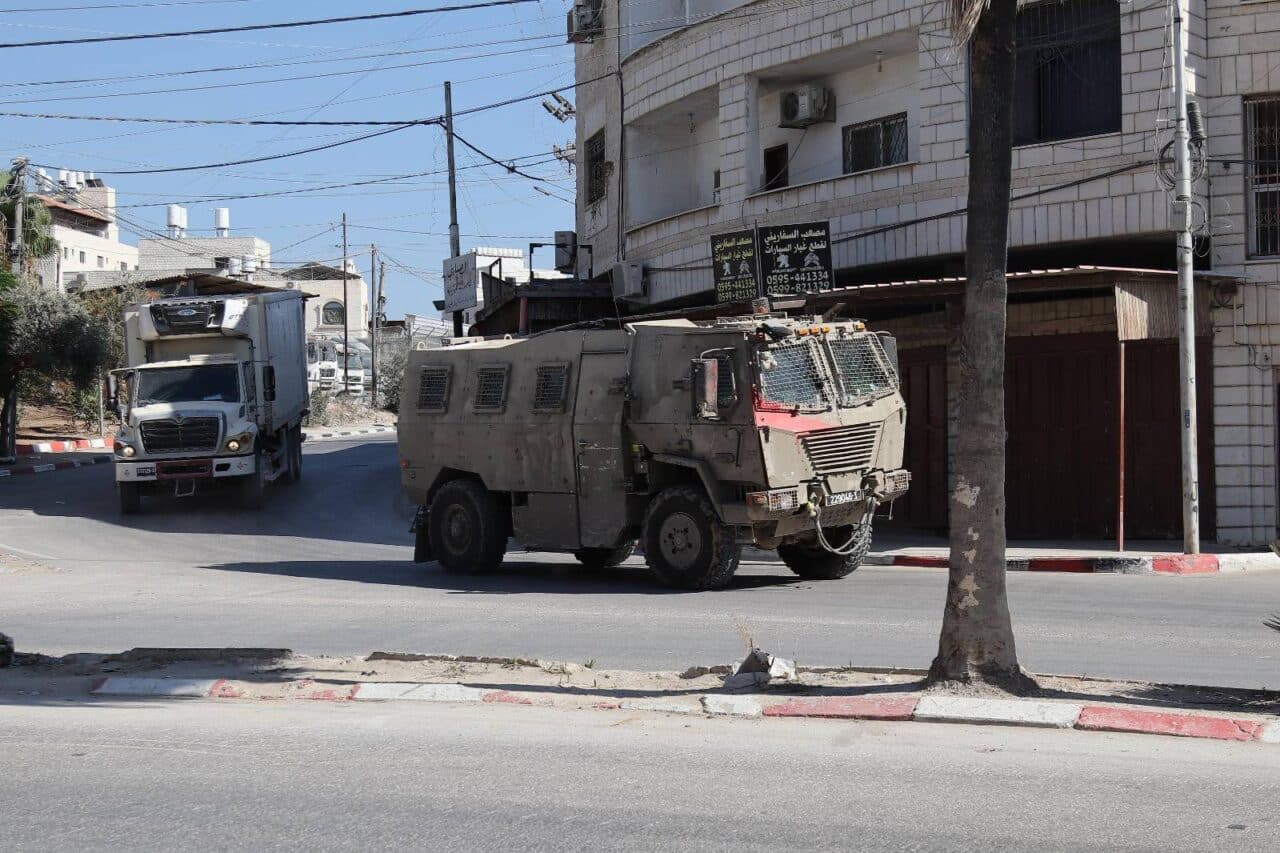Category: Features
-
For Immediate Release: Settlers Injure Palestinian woman and International Activists in Masafer Yatta
Contact info: palreports@gmail.com Masafer Yatta – On the afternoon of September 27, nine Israeli settlers invaded the village of al Fakhit, in Masafer Yatta, with their flock and injured a Palestinian woman and a US and Canadian activists, breaking the finger and potentially the wrist of one of them. When the settlers entered the village,…
-
Settler arson attack on vital West Bank agricultural hub is blow to Palestinian food security
The Mishtil Al-Junaidy Al-Hadith plant nursery in Deir Sharaf, a major West Bank seed distributor and the heart of the region’s agriculture, was set on fire by illegal Israeli settlers on 8 September 2025, costing the owners over three million shekels and seriously damaging the already fragile Palestinian food system. The footage captured by security…
-
Israel has turned Tulkarm into a stricken city
Diana Khwaelid The Israeli occupation forces have increasingly tightened the siege and restrictions on the city of Tulkarem for seven months in a row, with the city being under the control and constant incursion of Israeli forces, especially affecting the Palestinian refugee camps. Tulkarem refugee camp is the second largest camp in the West Bank.…



